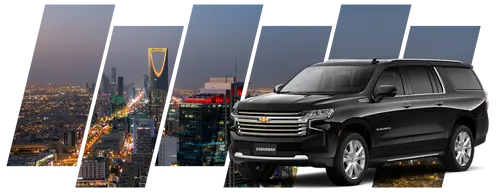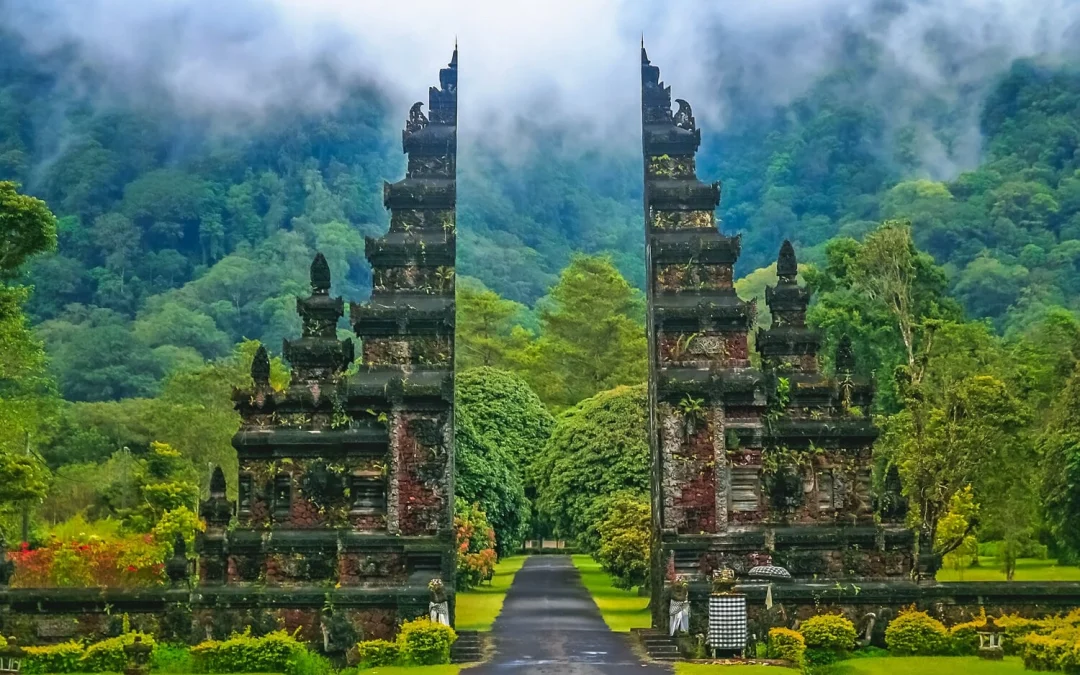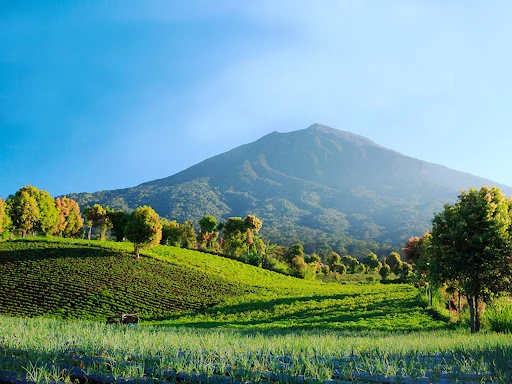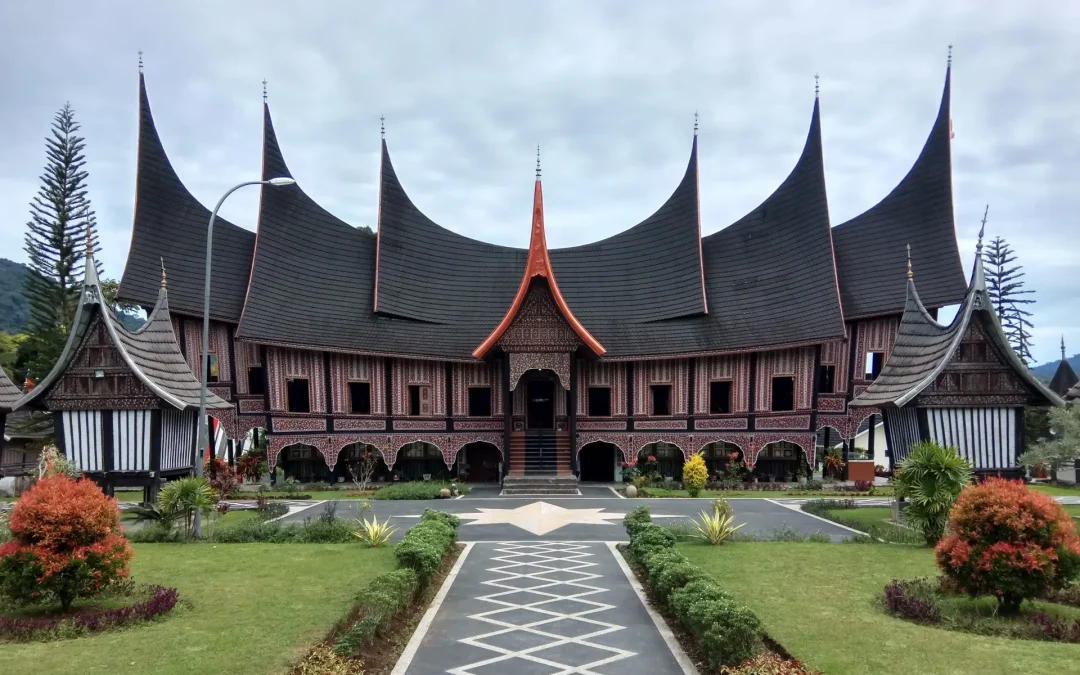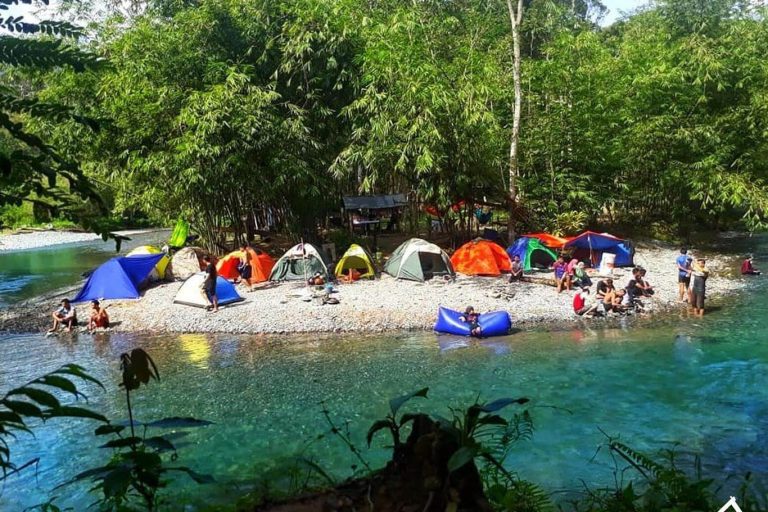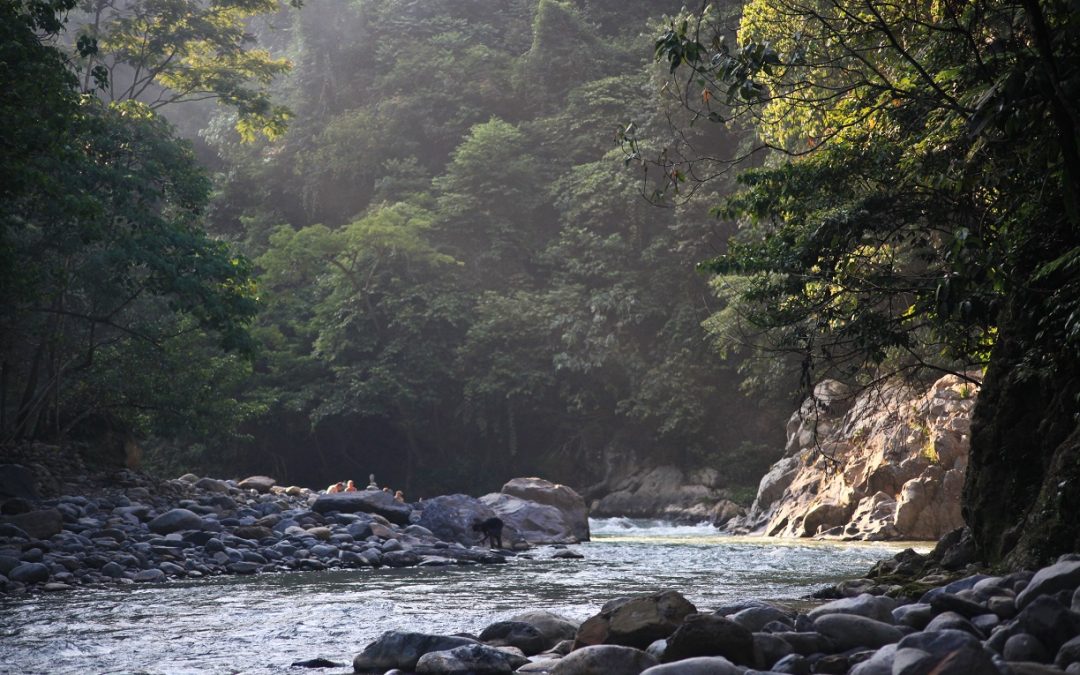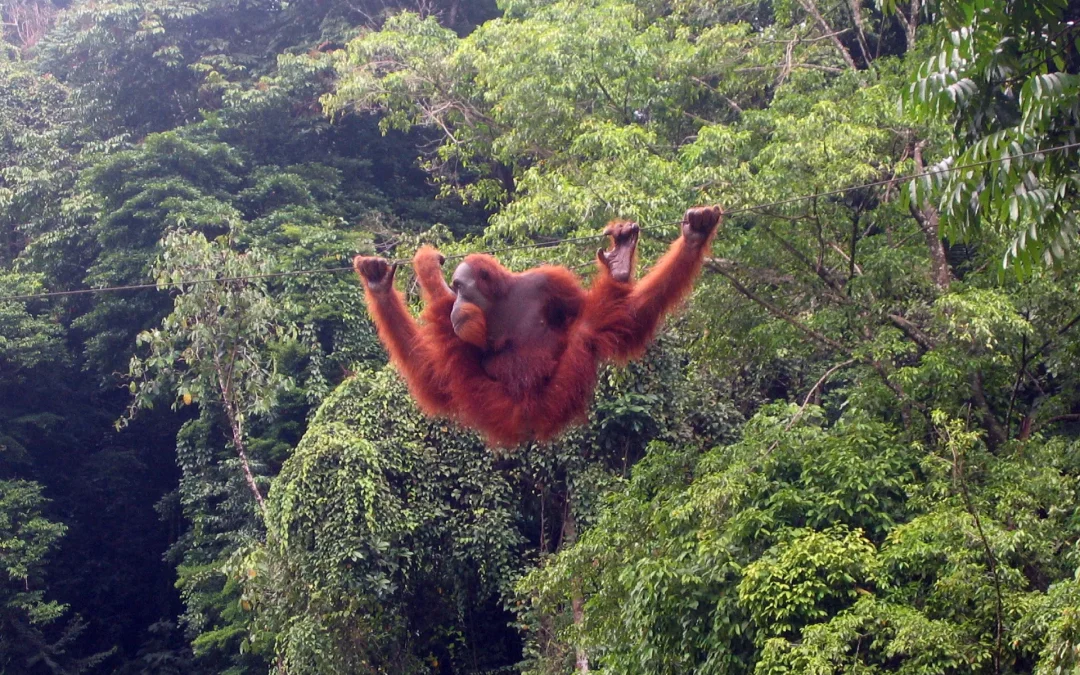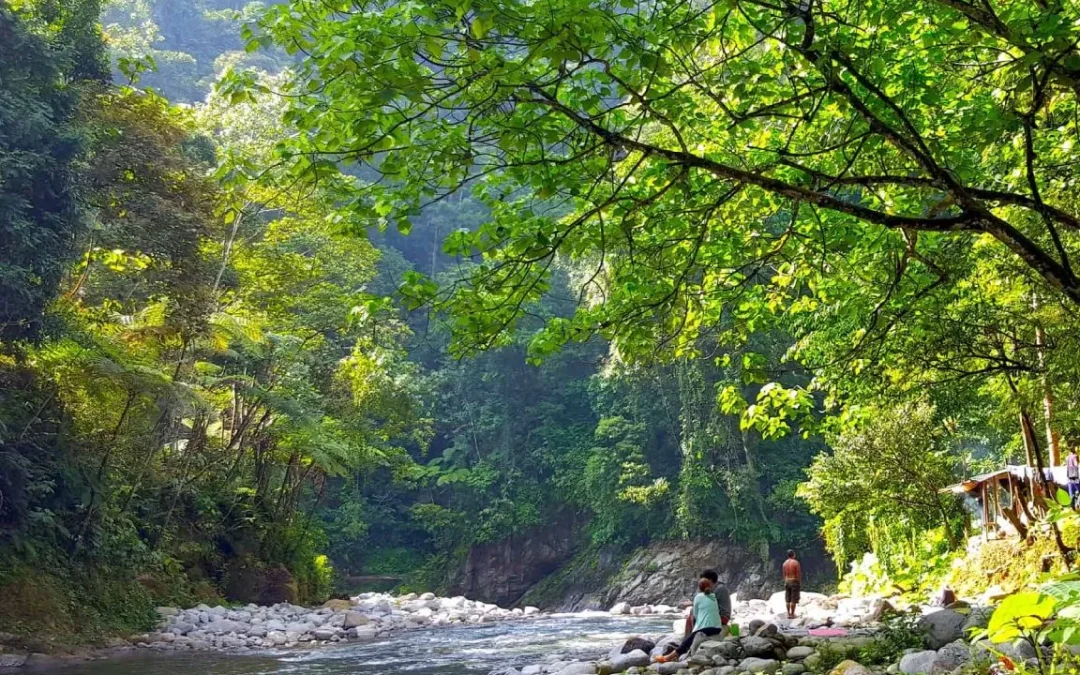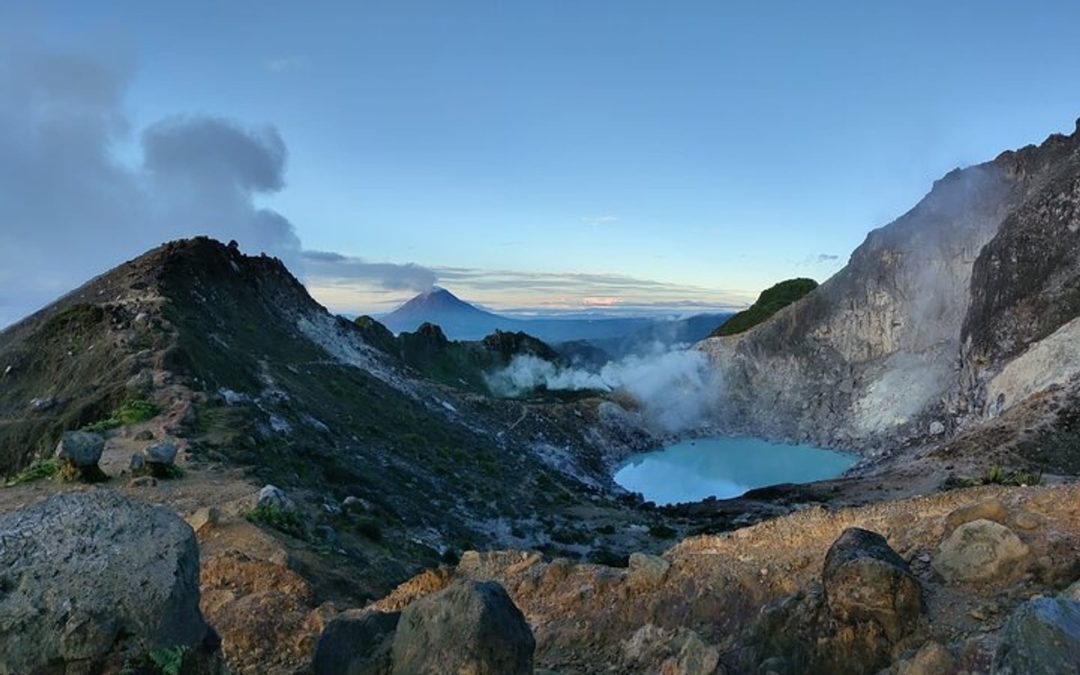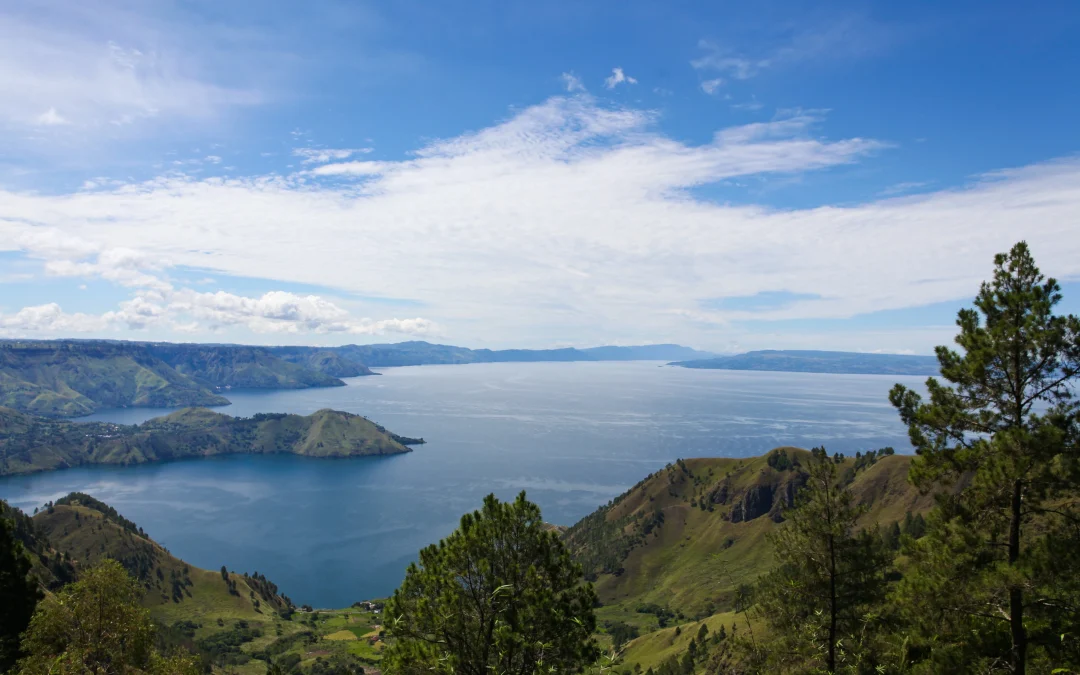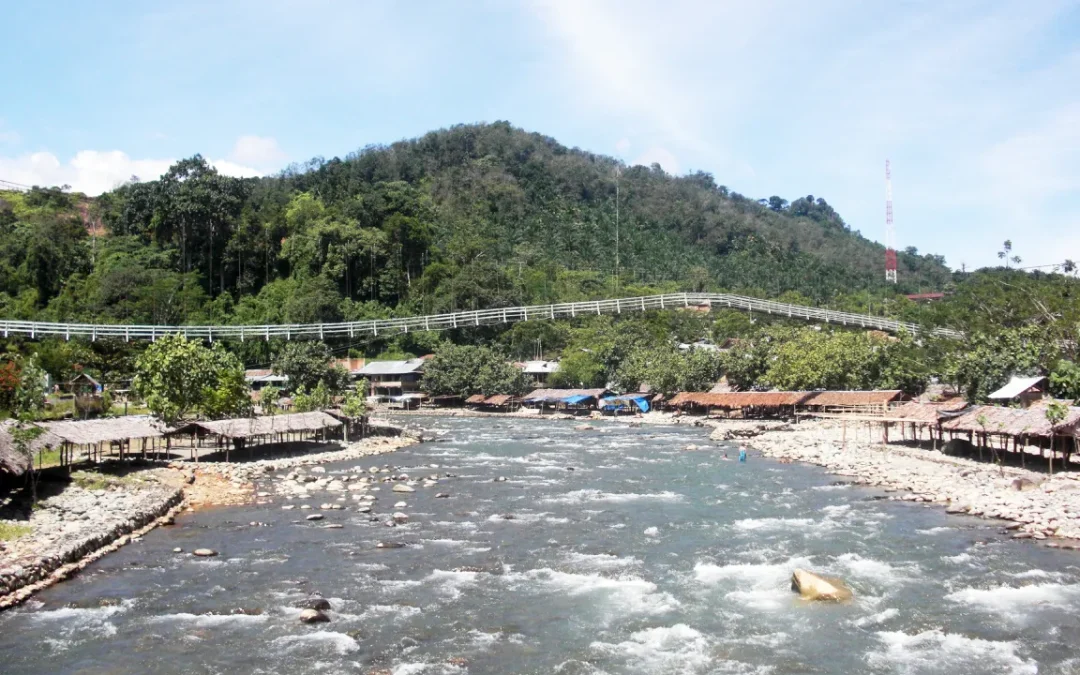
The Minangkabau (also called the Minang) come from West Sumatra Province and are the majority ethnic group in all areas of the province other than in the islands inhabited by the Mentawai people. They speak the Minang language, which has many dialects.
They are famous for their tradition of leaving their home village and working in other areas to find their fortune. Many of them have moved to other regions of Indonesia. They are the fourth largest ethnic group in Indonesia and have a great deal of influence.
The very name Minangkabau witnesses to a high degree of wit. Literally the name is said to mean “winning” (menang) “water buffalo” (kabau or kerbau). It supposedly reflects an ancient contest that was used to determine the outcome of a war. The Javanese “champion” was a huge buffalo, while the Minangkabau chose an unweaned calf. After starving the calf before the fight, they tied a knife to its snout. When the animals met, the hunger-crazed Minangkabau calf tried to nurse, causing the Javanese beast to bleed to death. Today, the water buffalo figures prominently in Minangkabau myth, culture and architecture. Traditional Minangkabau homes have roof eaves that soar outwards like the horns of the buffalo.


